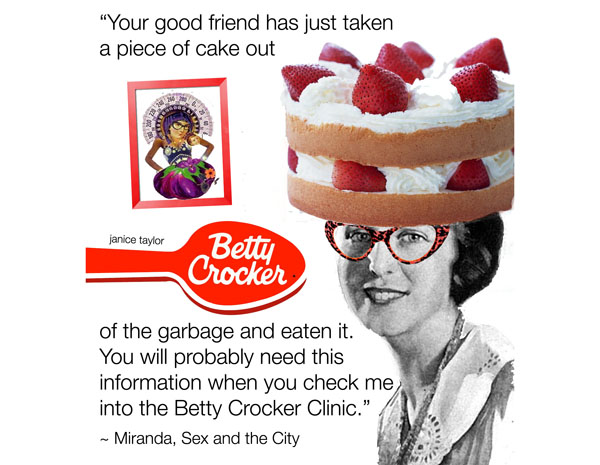In 1970, the average American consumed a scant 1/2 pound of High Fructose Corn Syrup (HFCS) per year. By the mid-1990’s, the number escalated to 55.3 pounds of HFCS per person and by 2001, 62.6 pounds per person.
Figures from the USDA show a steady growth in consumption of high-fructose corn syrup: from zero pounds in 1966 to 62.6 pounds per person in 2001. These statistics correspond with the rapid rise in obesity.
Coincidence?
The American food industry has been quietly substituting HFCS in place of sugar and honey. Corn syrup is cheaper to produce, is twice as sweet as table sugar (cane and beet), has a long shelf life, and our heartland is poppin’ with corn.
Many nutritionists explain that the body processes the fructose in HFCS differently than it does table sugar. Unlike sucrose or dextrose, fructose does not ‘ breakdown’ before it reaches the liver. It arrives almost completely intact. This changes the way metabolic-regulating hormones function and is called “metabolic-shunting.” A strain is put on the liver, causing it to KICK out additional fat into the bloodstream. (Not the kind of KICK we’re looking for.)
If you think you are in the clear because you don’t drink sugar-filled soda, or stay clear of sweets, sorry – guess again. I just checked the labels on my ‘light’ bread, power bar and the baby’s teething cookies (not my baby), and they all had HFCS listed high among their ingredients.
A report issued in the April 2004 issue of the American Journal of Clinical Nutrition stated “Consumption of high-fructose corn syrup in beverages may play a role in the epidemic of obesity.”
40% of caloric sweeteners that are now added to our foods and beverages are High Fructose Corn Syrup. This represents an average of 16% of our caloric intake. (If you consume 1500 calories per day, 240 of those calories are from HFCS.)
We are a weight-obsessed people, fixated on carbs and calories. And, yes, there are many contributing factors to obesity, including lack of exercise, large portions, extreme amounts of fatty foods, but HFCS may well be another contributing factor, and should be considered, if based solely on the fact that we consume so much of it without knowing it.
Dr. James O. Hill, physiologist at the University of Colorado’s Health Sciences Center, told the Associated Press, “If obesity is left unchecked, almost all Americans will be overweight by 2050.” He went on to say that obesity is the normal response to the American environment.
Be responsible for what you eat! Read your labels.
Spread the word … NOT the icing!
Janice
———————————-
Curious about coaching? Janice Taylor can help you live your best life! Write Janice!
Follow Janice on Twitter and/or Facebook!
Join the Our Lady of Weight Loss’s Kick in the Tush Club: Beliefnet Chapter.
Visit: www.OurLadyofWeightLoss.com

